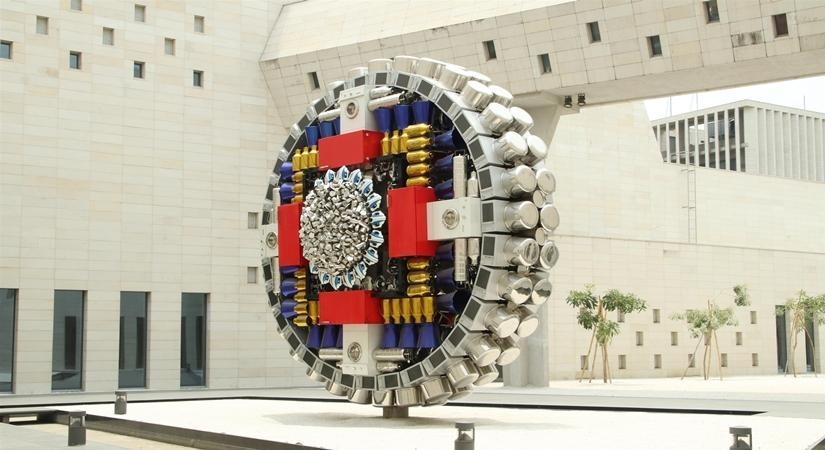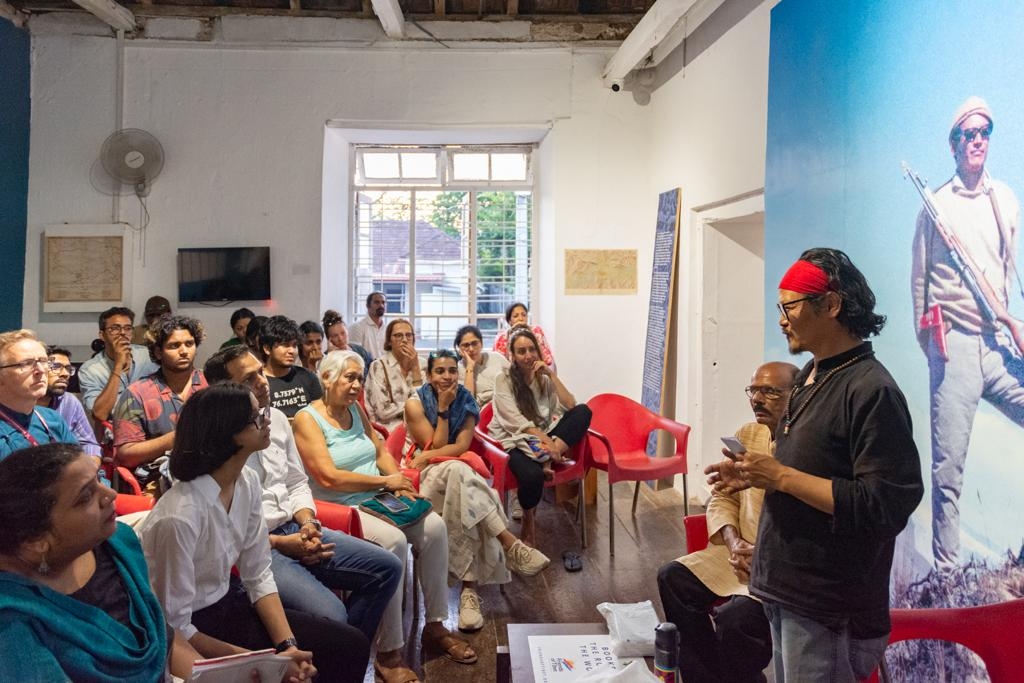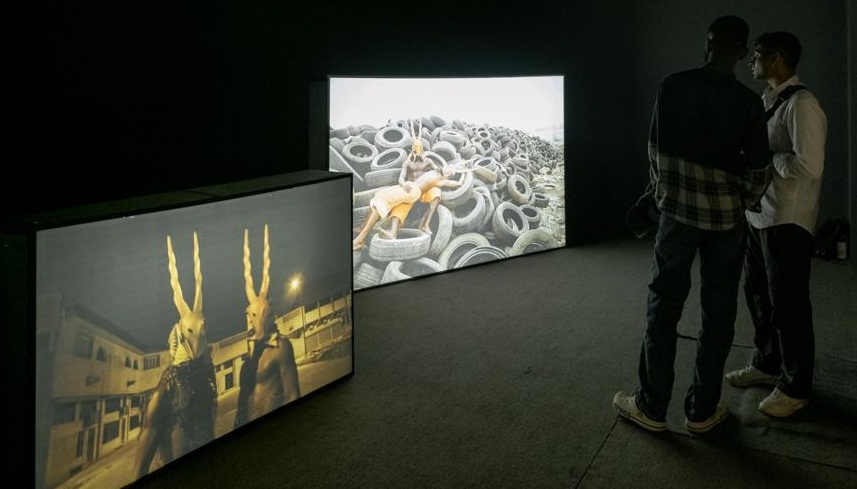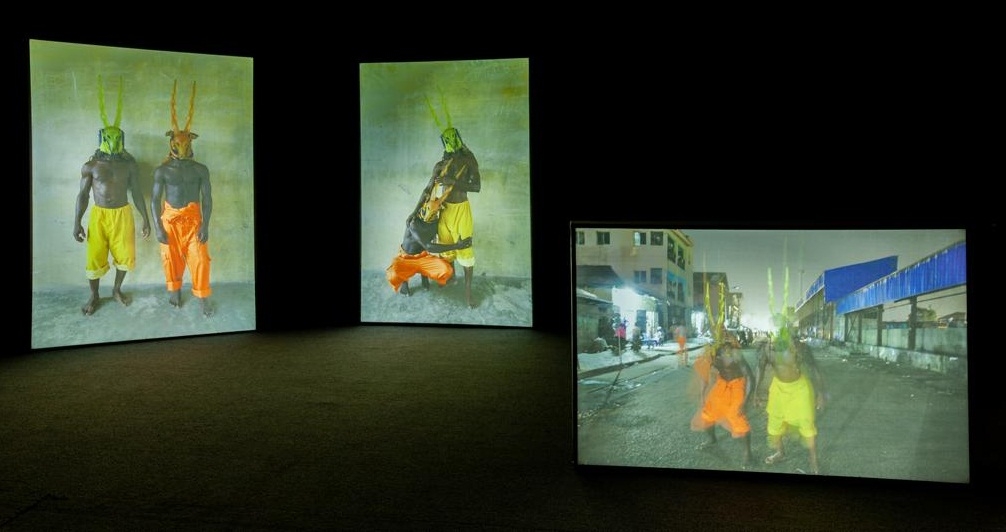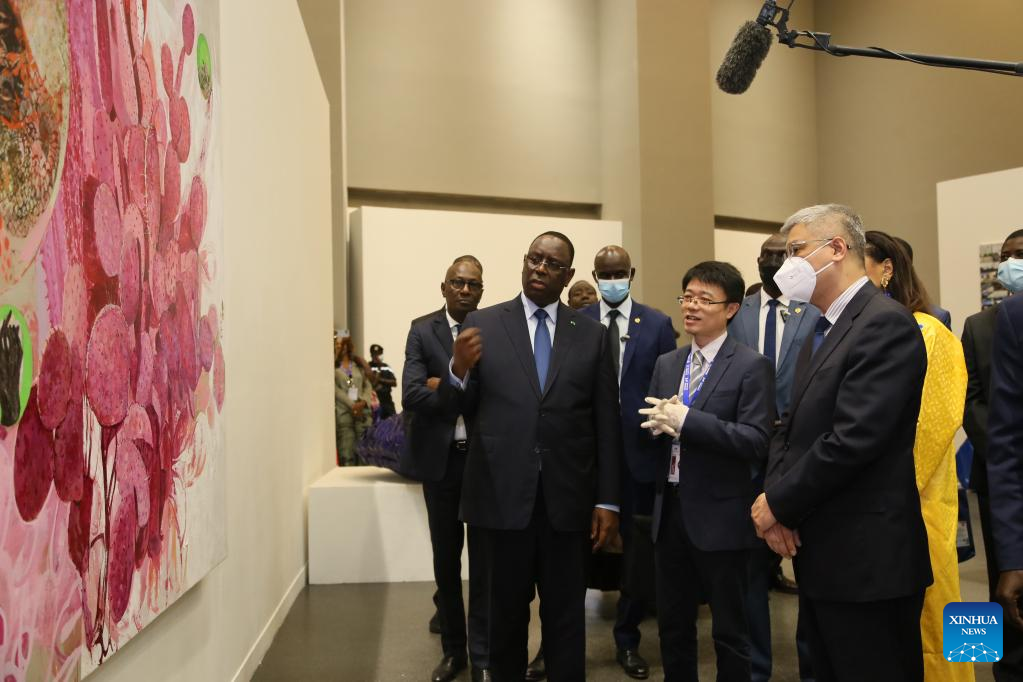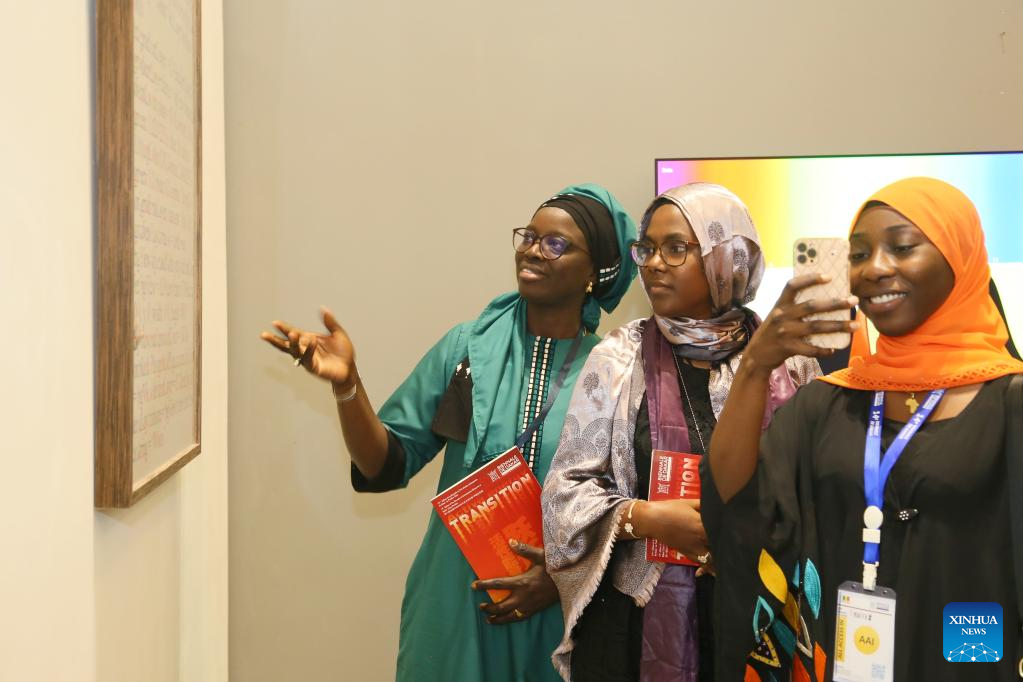The renowned Brazilian modernist architect, Oscar Niemeyer, skillfully captured the inherent beauty of Brasilia by integrating Costa’s meticulous urban layout with distinct buildings that exude functional, rhythmic structures, intricately designed facades, and minimalist, clean, and linear designs…reports Asian Lite News
The second edition of the Bihar Museum Biennale will be inaugurated on August 7 at the Bihar Museum in Patna.
Organised by the state government’s Department of Arts, Culture and Youth Affairs, the first-ever Museum Biennale in the country and the world was opened in March 2021 in a hybrid format providing a gateway to the richness and treasures of Indian museums and also bringing together a highlight of key collections from various museums across the world.
The biennale aims to sensitise the public to the importance and significance of museum culture in India and facilitate an understanding of the Indian culture, building a strong sense of identity, nationhood, and the self. Dr Alka Pande will be the chief curator for the forthcoming event.
As a Curtain Raiser to the Biennale, the museum will present a photography exhibition titled “Brasilia 60+ and the Construction of Modern Brazil” from June 21 to July 22. This exhibition pays tribute to the notable achievements of Brasilia, the capital city of Brazil, as it celebrates 200 years of independence.
Brasilia, an idea that emerged in the early 19th century, gained immense significance over time and was eventually inscribed in Brazil’s constitution. In 1956, President Juscelino Kubitschek recognised this idea and selected Lucio Costa’s urban plan, the “Plano Piloto”, as the winning concept for the new capital.
The renowned Brazilian modernist architect, Oscar Niemeyer, skillfully captured the inherent beauty of Brasilia by integrating Costa’s meticulous urban layout with distinct buildings that exude functional, rhythmic structures, intricately designed facades, and minimalist, clean, and linear designs.
The exhibition showcases the artistic documentation of Brasilia, capturing its unique character, essence, and architectural intricacies. It features a collection of photographs that depict symbolic palaces such as the Parliament, the President’s residence, the President’s office, the Ministries, and a significant number of apartment buildings. These architectural marvels paved the way for the capital’s transfer from Rio de Janeiro to Brasilia in 1960, forever shaping the urban landscape of Brazil.
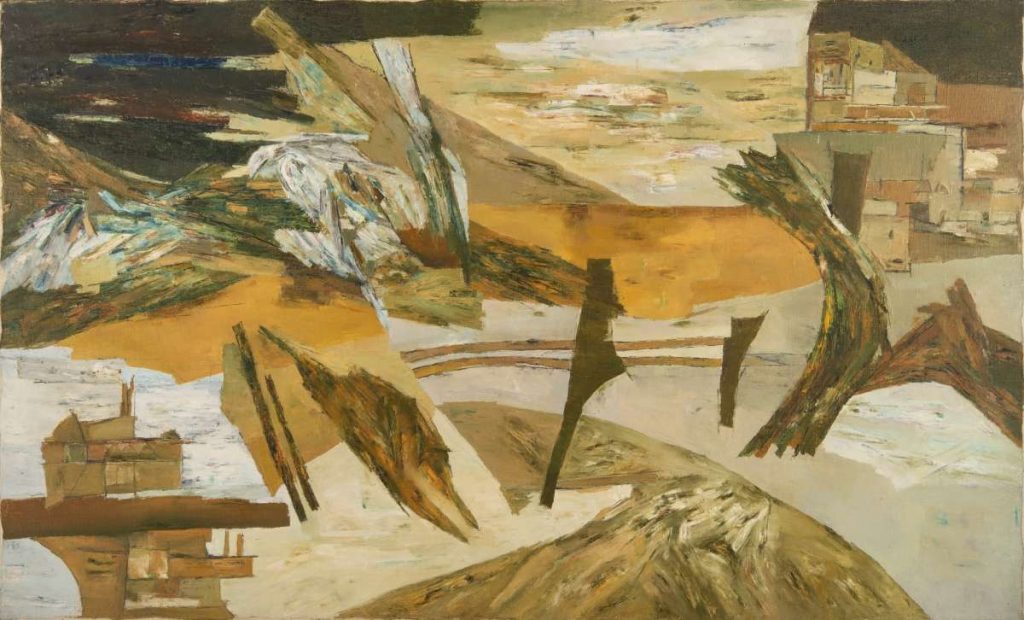
Another exhibition titled ‘Nature Strikes Back’ by the Ambassador of France to India, Emmanuel Lenain will be on view from June 22 to July 21 inviting visitors to explore the darker side of nature and its delicate relationship with human existence. While documenting the deterioration of the environment, the haunting beauty of his images captivates viewers, inviting them to contemplate the intricate balance between man and nature.
The exhibition features a series of evocative black-and-white photographs, each offering a unique perspective on the decaying remnants of our environment. Both exhibitions have been curated by Dr Pande.
Anjani Kumar Singh, Director General of Bihar Museum, talking bout the forthcoming biennale said, “We promise a transformative experience as this new iteration aims to surpass its predecessor, presenting a better-enriched form to connect people, connect cultures, and interrogating museums. With a broadened scope of programming, the grand event will commence with the prestigious G20 exhibition, catapulting the biennale onto the global stage of artistic excellence.”

